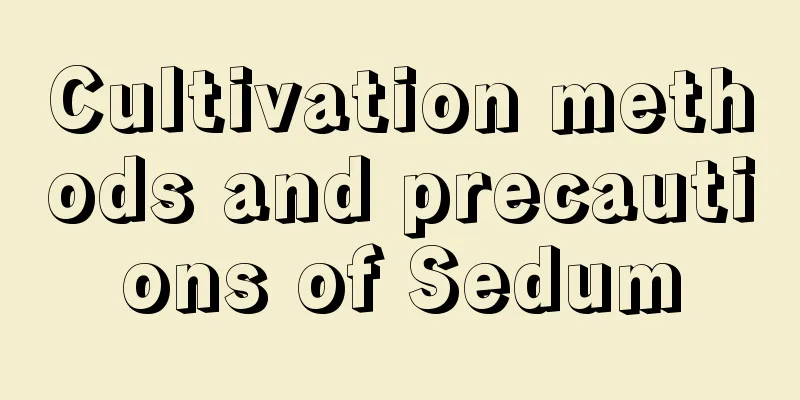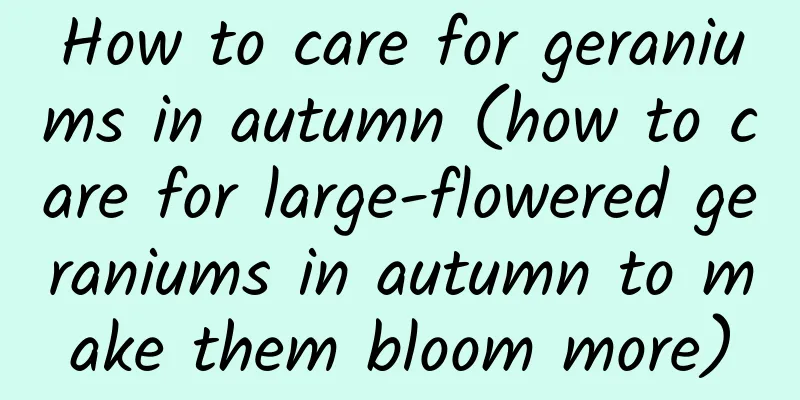How many years does European plum bear fruit?

Introduction to Planting European PlumEuropean plum is cold-resistant and can withstand temperatures as low as minus 40 degrees Celsius. It prefers a relatively cool climate and has a very long lifespan. Under normal regional or management conditions, ungrafted wild European plums can grow healthily, have a high fruit set rate and good quality as long as 14 years old. European plum mainly grows in the arid areas of Northeast and Northwest China. Most of them are cultivated artificially and are distributed in both the north and south of my country. They have a unique taste, sour and sweet, and have certain medicinal value. European plum planting resultsEuropean plums can bear fruit the year after planting. They can be planted on flat land, sloping land, between rows of fruit trees, and on the edges of terraced fields. Before planting, the soil should be deeply plowed and organic fertilizer should be applied. Water them once immediately on the day of planting and again after a week. After the soil surface is slightly dry, loosen the soil immediately and cover it with mulch. The main method of European plum shaping is cluster shaping. The self-fruitfulness rate is low. Bees or artificial pollination are needed during the flowering period. Spraying boron fertilizer during the flowering period can effectively increase the fruit setting rate. It has fewer diseases and pests. Spray 3 degrees Baume lime sulfur mixture once before germination. If aphids appear, imidacloprid can generally be used for prevention and control. Potted European plum fruitIf the potted European plum is a grafted seedling, it can usually bear fruit in the same year. If it is a seedling, it will take 4 to 5 years. Why doesn't the eucalyptus bear fruit?European plum is cold-resistant. The reason why European plum does not bear fruit in some places is that there are too few plants, lack of genetic diversity, breeding methods, cultivation techniques, etc. Key points for growing European plumEuropean plum is suitable for planting in places with plenty of sunshine and slight shade. European plum has strong adaptability to the environment and is resistant to barrenness, but it is best planted in fertile soil. Pests and diseases can cause serious harm to European plum and require timely prevention and control. The planting of European plum is actually relatively simple, and the current market demand is huge, so the requirements for yield are also getting higher and higher. |
<<: How many years does it take for agarwood trees to bear fruit?
>>: How to make barley germinate quickly
Recommend
When is the best month to plant mustard tuber and when is it harvested?
Mustard tuber planting season The planting time o...
What to do if banyan tree leaves turn yellow and fall off
1. Lighting and ventilation Reason: Insufficient ...
Common diseases and prevention of Phalaenopsis
Common diseases and prevention methods anthrax Ca...
How to deal with rotten roots of potted roses (how to maintain and save rotten roots of roses)
Causes of rose root rot There are generally two s...
The symbolism and meaning of cactus flowers
1. Its flower language (1) Flower languages rel...
How does peony survive the winter? What should I do if it sprouts in winter?
1. How does peony survive the winter? 1. Peonies ...
When is the strawberry season? Strawberry pictures
1. Maturity Time Strawberries are mainly availabl...
How many years does it take for chestnuts to bear fruit?
Introduction to chestnut planting When chestnuts ...
What are the cultivation methods and precautions of goldfish spider plant
Growth habits of goldfish spider plant Goldfish C...
When does verbena bloom?
Verbena flowering period Its flowering period sta...
Cultivation methods and precautions of chrysanthemum
The thousand-petaled chrysanthemum is relatively ...
Maintenance tips for foliage plants
1. Control light and moisture When new leaves are...
How to reproduce coral
Reproduction method The most common method of pro...
Cultivation methods and precautions of flower peony
1. Maintenance methods 1. Temperature: Judging fr...
The language and meaning of camellia
1. Flower language and meaning 1. Humility: Camel...









